The European Parliament’s Environment Committee has adopted its position on the proposed revision of the IED Directive. The thresholds adopted by MEPs are: 200 LU for pigs and poultry, 250 LU for mixed farms and 300 LU for cattle, with extensive livestock farming excluded. For the record, the EP’s Agriculture Committee had excluded ruminant livestock farming from the draft directive. The outcome of the vote at the July plenary session remains open.
Some of the EU’s agricultural imports from Ukraine have increased considerably in the last year and are putting pressure on regional markets, particularly the EU poultry sector.
EFSA recently organised a scientific symposium to assess the safety of foods derived from cell cultures. The main objective was to ensure that EFSA’s risk assessment is adequate to guarantee the safety of foods derived from cell cultures. A detailed report including conclusions and recommendations for the future is expected to be published in the coming months. Over and above the issues discussed at this meeting, the central question to be debated at political level remains the relevance of the novel food regulation and its procedure for dealing with the marketing authorisation of such products.
Last month, the European Commission approved the Dutch government’s proposed programme to buy out “polluting farms” in order to reduce the country’s nitrogen emissions, in line with its commitments. This programme is being fiercely contested by Dutch farmers.
The Irish Department of Agriculture is considering slaughtering 200,000 cows to reduce emissions from agriculture by a quarter by 2030. Irish farmers are strongly opposed to the government’s proposal.
The French livestock sector is concerned by the recent recommendation of the French Court of Auditors, which proposes “a reduction strategy” for the cattle herd to reduce France’s carbon footprint.
Finally, the law on mandatory labelling of livestock, presented by the Federal Minister for Food and Agriculture, was adopted by the German Bundestag. Changes to the building code were also approved.
Full note available on FE Members’ area
O artigo foi publicado originalmente em Farm Europe.









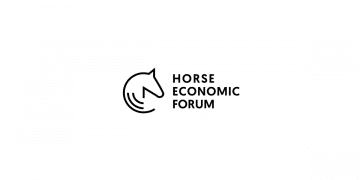











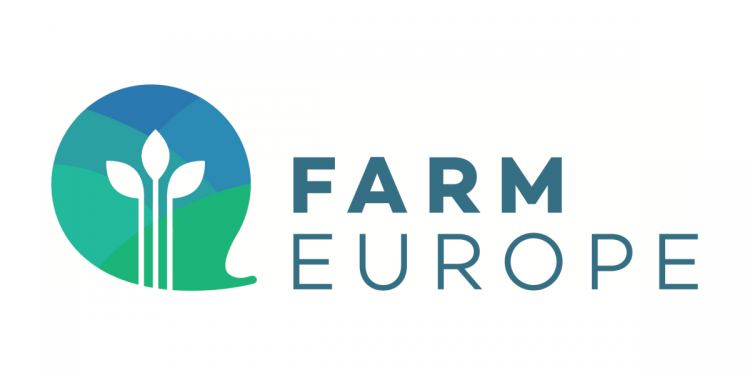
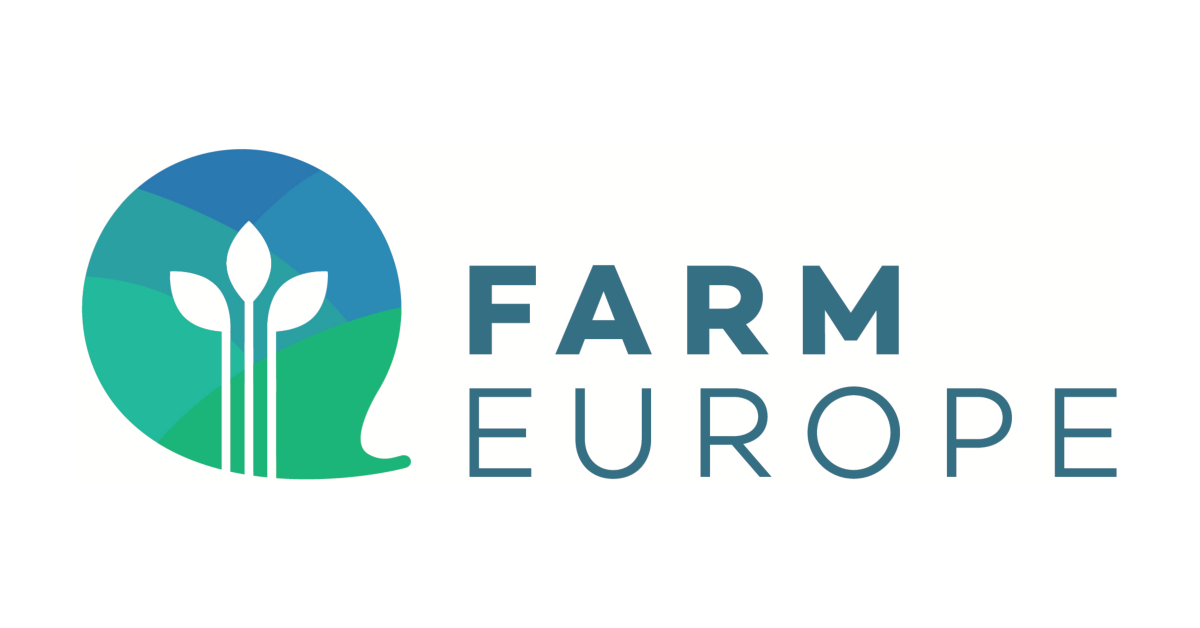




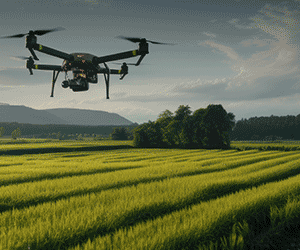



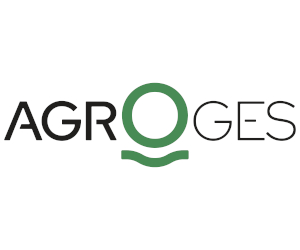











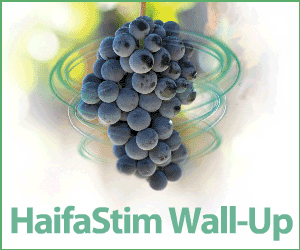
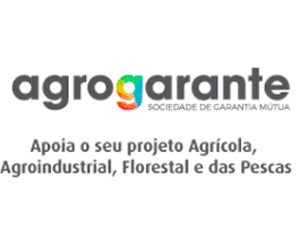
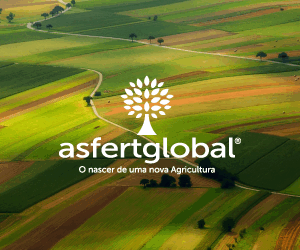




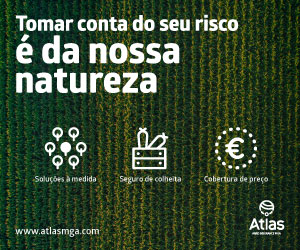





Discussão sobre este post